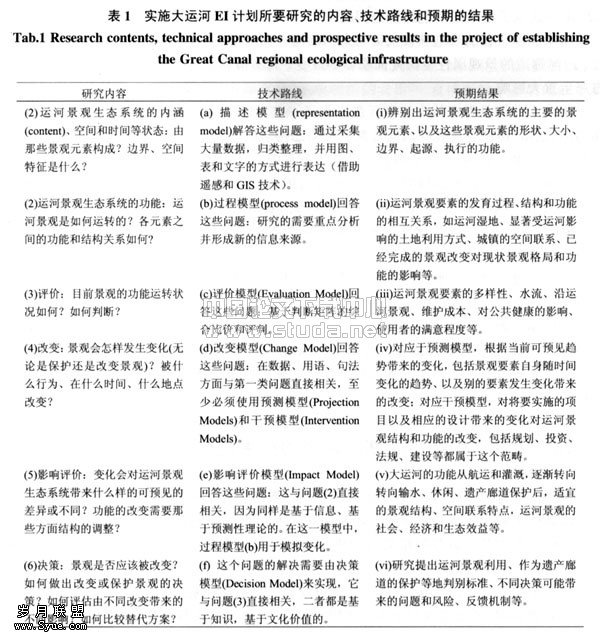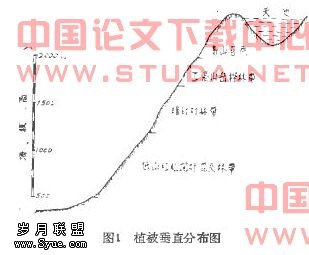甲醇对植物生长的影响
从以上结果可知,甲醇同时影响植物的光合作用和光呼吸,增加有机营养物质。
2.3细胞分裂素介导假说
分别用2%、5%和10%甲醇溶液叶面喷施拟南芥和番茄,处理后2、6、18、32 h或连续处理14、21、28、42 d,叶片中果胶甲基酯酶mRNA含量显著上调,诱导量随处理后间隔时间的延长而增大,随甲醇浓度的增加而增大[4]。可见,甲醇的存在激活了果胶甲基酯酶基因的转录,后者的表达会产生更多的甲醇。
Ca2+的缺乏常常减缓植物的生长[17],因此新分裂形成的细胞只有积累了足够的Ca2+才能继续生长[18]。由于果胶甲基酯酶被反义抑制的植物中,新生组织的生长迟缓;而恒常表达果胶甲基酯酶的马铃薯植株中则相反,新生组织生长和延长明显加快[19]。这表明果胶甲基酯酶的高表达有利于成熟组织中Ca2+向新生组织的转移,从而促进新生组织的生长、延长及细胞壁的交联化。
甲醇的施用除了刺激已分裂的新生组织生长和延长外,还应刺激植物分生组织细胞的分裂,否则不能长效刺激植物的生长和繁殖。如恒常表达果胶甲基酯酶的马铃薯植株,早期生长虽明显快于对照,但随后的生长速度与对照无差异[19]。可见,分生组织细胞分裂速度决定了植物的长效生长。
Madhaiyan等[14]发现叶施甲醇于棉花和甘蔗叶片后,促进2种植物叶片上的粉红色素兼性嗜甲醇细菌Methyloba-cterium的生长,大幅增高细胞分裂素的浓度。由于粉红色素兼性嗜甲醇细菌具有主动合成细胞分裂素或刺激植物合成细胞分裂素的作用,故笔者认为叶面高浓度的甲醇导致了嗜甲醇细菌的大量增加,而后者提高了植物细胞内的细胞分裂素,从而刺激分生组织细胞分裂和植物营养及繁殖器官的生长。
3参考文献
[1] DOWNIE A,MIYAZAKI S,BOHNERT H,et al. Expression profiling of the response of Arabidopsis thaliana to methanol stimulation[J]. Phyto-chem,2004,65(16):2305-2316.
[2] KRNER E,VON DAHL C,BONAVENTURE G,et al. Pectin methy-lesterase NaPME1 contributes to the emission of methanol during insect herbivory and to the elicitation of defence responses in Nicotiana attenu-ata[J]. J Exp Bot,2009,60(9):2631-2640.
[3] VON DAHL C,HAVECKER M,SCHLOGL R,et al. Caterpillar-elicited methanol emission:a new signal in plant-herbivore interactions[J].The Plant Journal 2006,46(6):948-960.
[4] RAMIREZ I,DORTA F,ESPINOZA V,et al. Effects of foliar and root applications of methanol on the growth of Arabidopsis,tobacco,and tomato plants[J]. J Plant Growth Regul,2006,25(1):30-44.
[5] SHEN C,YEH K. Hydrogen peroxide mediates the expression of asco-rbate-related genes in response to methanol stimulation in Oncidium[J]. J Plant Physiol,2010(167):400-407.
[6] BHATTACHARYA S,BHATTACHARYA N,BHATNAGAR V. Effect of ethanol,methanol and acetone on rooting etiolated cuttings of Vigna radiata in presence of sucrose and auxin[J].Ann Bot,1985,55(2):143-145.
[7] THEODORIDOU A,D RNEMANN D,KOTZABASIS K. Light-depen-dent induction of strongly increased microalgal growth by methanol[J]. Biochim Biophys Acta,2002,1573(2):189-198.
[8] NONOMURA A,BENSON A.The path of carbon in photosynthesis:im-proved crop yields with methanol[J]. Proc Natl Acad Sci USA,1992,89(20):9794-9798.
[9] DEVLIN R,BHOWMIK P,KAREZMARCZYK S. Influence of methanol on plant growth[J]. Plant Growth Regul Soc Am,1994(22):102-108.
[10] FALL R.Abundant oxygenates in the atmosphere:a biochemical per-spective[J].Chemical Reviews,2003,103(12):4941-4952.
[11] FALL R,BENSON A. Leaf methanol-the simplest natural product from plants[J].Trends Plant Science,1996,1(9):296-301.
[12] ALBRECHT S,DOUGLAS JR C,KLEPPER E,et al. Effects of foliar meth-anol applications on crop yield[J]. Crop Science,1995,35(6):1642-1646.
[13] DEWEZ D,DAUTREMEPUITS C,JEANDET P,et al. Effects of meth-anol on photosynthetic processes and growth of Lemna gibba[J]. Photo-chem Photobiol,2003,78(4):420-424.
[14] MADHAIYAN M,POONGUZHALI S,SUNDARAM S,et al. A new in-sight into foliar applied methanol influencing phylloplane methy-lotrophic dynamics and growth promotion of cotton (Gossypium hirsu-tum L.) and sugarcane (Saccharum officinarum L.)[J]. Environ Exp Bot,2006,57(1-2):168-176.
[15] GIESE M,BAUER-DORANTH U,LANGEBARTELS C,et al. Deto-xification of formaldehyde by the spider plant (Chlorophytum comosum L.) and by soybean(Glycine max L.)cell-suspension cultures[J].Plant Physiol,1994,104(4):1301-1309.
[16] GOUT E,AUBERT S,BLIGNY R,et al. Metabolism of methanol in plant cells. carbon-13 nuclear magnetic resonance studies[J].Plant Phy-siol,2000,123(1):287-296.
[17] PILLING J,WILLMITZER L,BUCKING H,et al. Inhibition of a ubi-quitously expressed pectin methyl esterase in Solanum tuberosum L. affects plant growth,leaf growth polarity,and ion partitioning[J]. Planta,2004,219(1):32-40.
[18] SZE H,LIANG F,HWANG I,et al. Diversity and regulation of plant Ca2+ pumps:insights from expression in yeast[J]. Annu Rev Plant Phy-siol,2000,51(1):433-462.
[19] PILLING J,WILLMITZER L,FISAHN J. Expression of a Petunia inflata pectin methyl esterase in Solanum tuberosum L. enhances stem elong-ation and modifies cation distribution[J]. Planta,2000,210(3):391-399.

